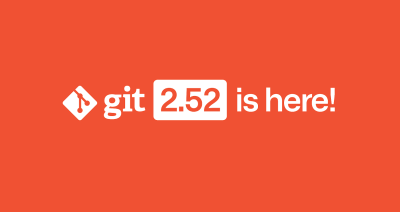Find more actions on GitHub Marketplace.
5 GitHub Actions every maintainer needs to know
With these actions, you can keep your open source projects organized, minimize repetitive and manual tasks, and focus more on writing code.

Maintaining and contributing to open source projects can be rewarding—but it comes with a lot of small, repetitive tasks. The good news? GitHub Actions can automate the more tedious and error-prone parts of maintainership, freeing you up to focus on what matters: building and growing your community. Whether you’ve just launched your project or you’re looking to scale, here are a few of the most helpful actions to help you along your way.
Pro tip: It’s best practice to audit the source code of any action you use, and pin actions to a full length commit SHA so that you always know what version of the code you’re using.
Now, let’s get started.
1. Clean up your backlog with stale
Managing issues or pull requests can be challenging, especially when users open issues that require additional information to resolve. If they don’t respond with what you need, these issues can pile up and make your backlog look daunting. Stale closes any issues or pull requests that lack activity after a set number of days, keeping your open issues list nice and tidy.
👉 Who uses it: DeepSeek-R1, opentelemetry-go, and more.
2. Let super-linter sweat the small stuff for you
It’s awesome when someone takes the time to submit a pull request to your project. It’s not so awesome when you have to manually reject that pull request because of a small mistake. A linter is a tool that helps you enforce best practices and consistent formatting. Super-linter is a collection of linters for a variety of languages that can automate many of the chores associated with code reviews, including enforcing style guidelines, detecting syntax errors, identifying security vulnerabilities, and ensuring code consistency across multiple languages.
👉 Who uses it: Barman, frankenphp, and more.
3. Stop repeating yourself with create-or-update-comment
Repetitive comments for common scenarios can become tedious. Create-or-update-comment offers a reprieve, enabling you to automate tasks, like sending welcome messages to new contributors or providing standardized feedback when linters and other automated processes detect problems.
👉 Who uses it: woocommerce, lucide, and more.
4. Create release notes with ease with Release Drafter
After all the merging, testing, and other work that goes into preparing a release, writing up the release notes is often the last thing you want to do. The good news: Release Drafter automates the process for you. Each time you merge a pull request, it updates a draft text of your release notes, so they’ll be ready when it’s time to publish.
👉 Who uses it: LightGBM, Mealie, and more.
5. Stay organized with pull request labeler
Overwhelmed with PRs? Pull request labeler automatically labels pull requests based on the files or branch modified, helping you triage work and maintain a consistent labeling system.
👉 Who uses it: Apache Lucene, Marvin, and more.
Maintaining an open source project is a labor of love, but with the right tools, it doesn’t have to feel overwhelming. These actions are just a few examples of how automation can save time, reduce frustration, and help you focus on writing great code and growing your community.
Why not give them a try and see how they can transform your open source journey? Your future self (and your contributors) will thank you!
Tags:
Written by
Related posts

MCP joins the Linux Foundation: What this means for developers building the next era of AI tools and agents
MCP is moving to the Linux Foundation. Here’s how that will affect developers.

“The local-first rebellion”: How Home Assistant became the most important project in your house
Learn how one of GitHub’s fastest-growing open source projects is redefining smart homes without the cloud.

Highlights from Git 2.52
The open source Git project just released Git 2.52. Here is GitHub’s look at some of the most interesting features and changes introduced since last time.